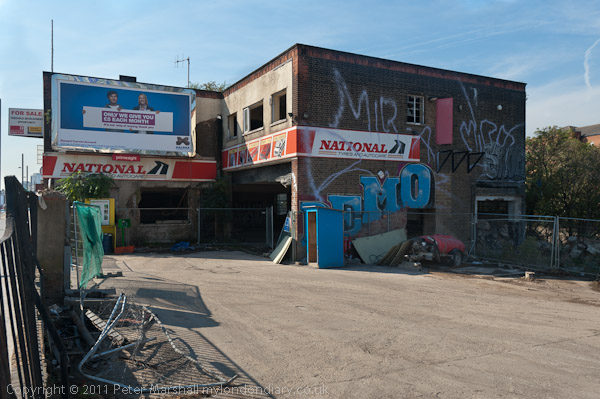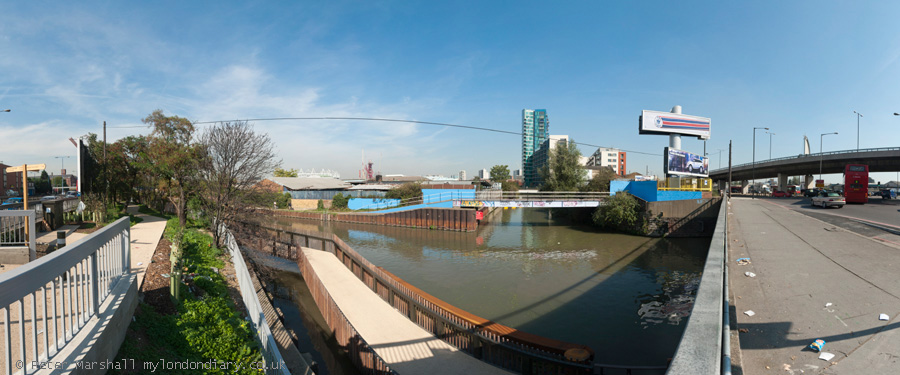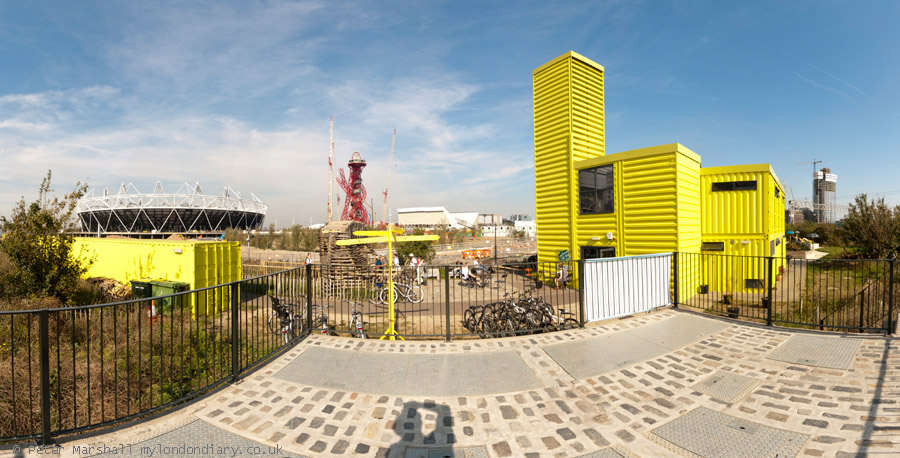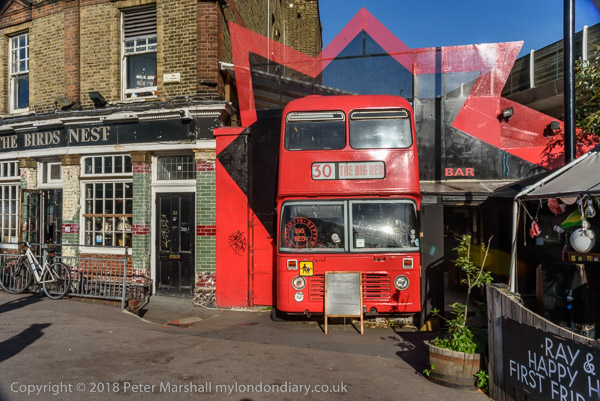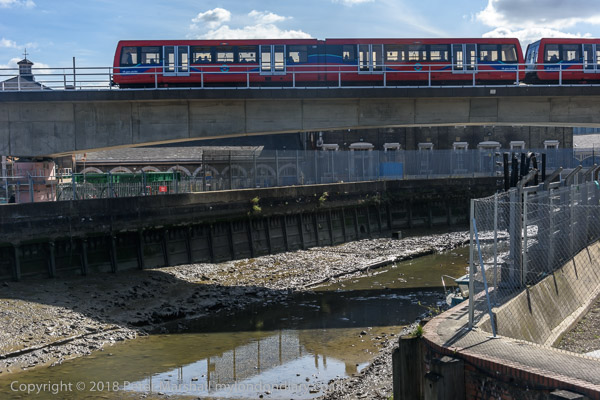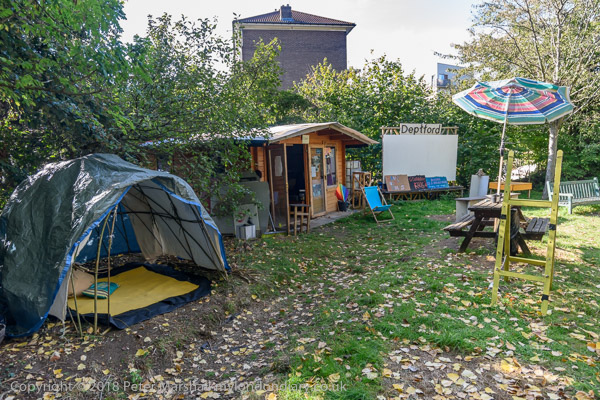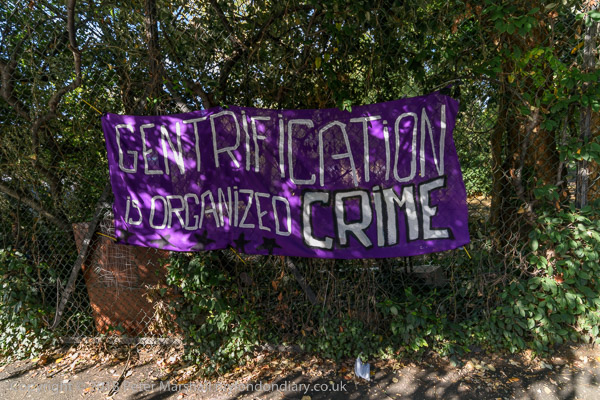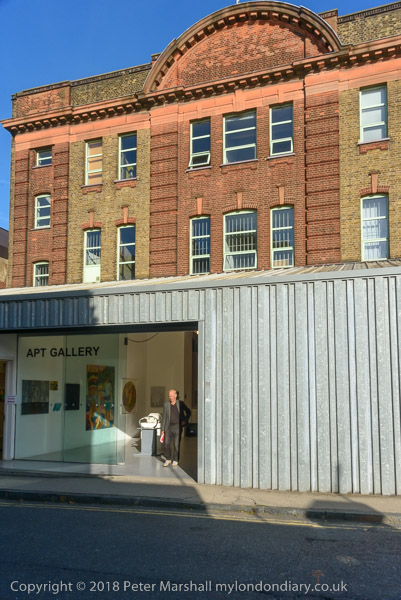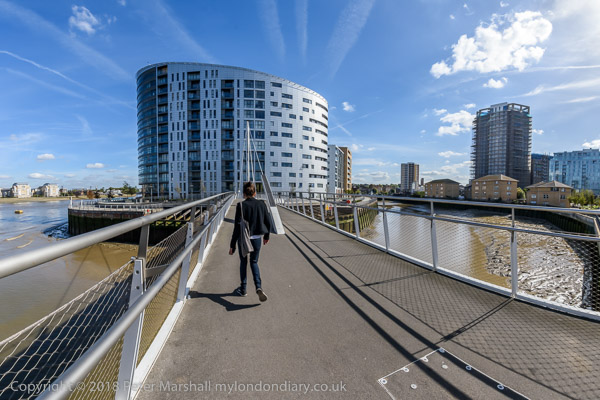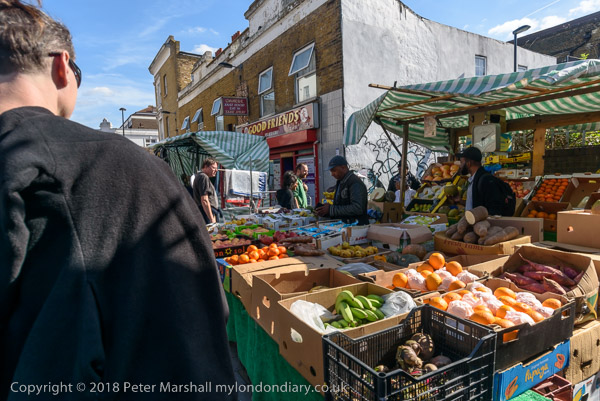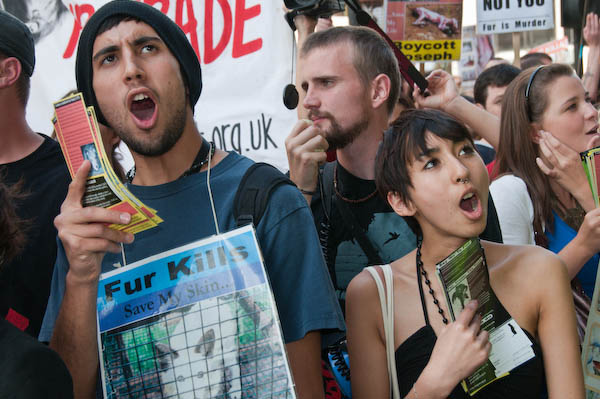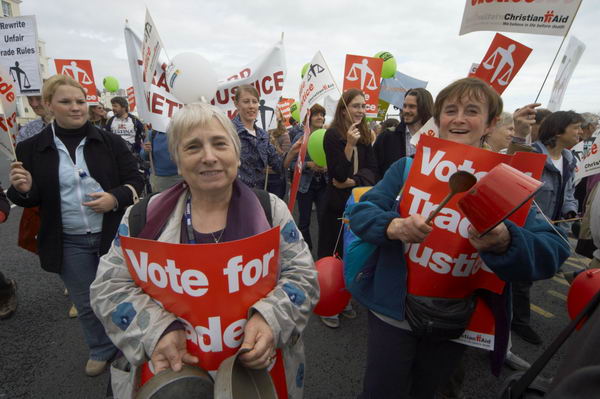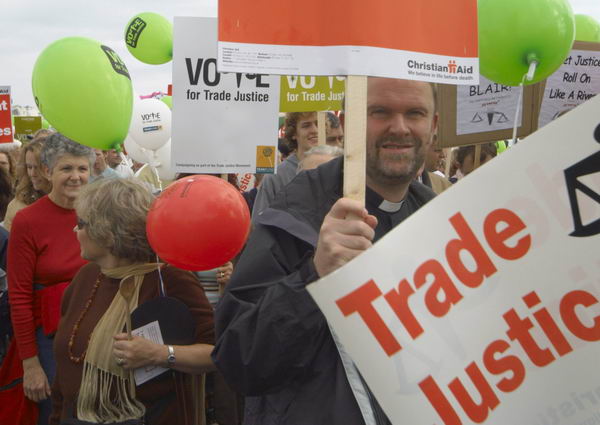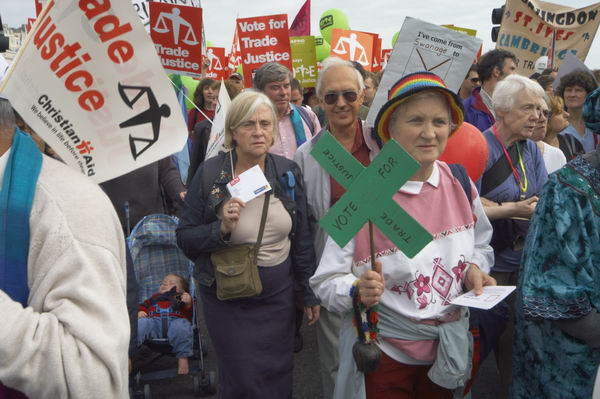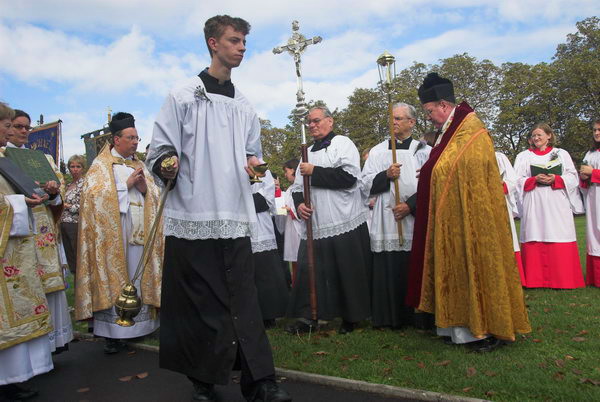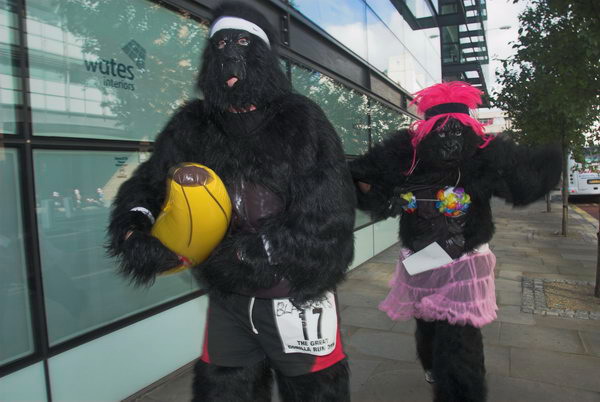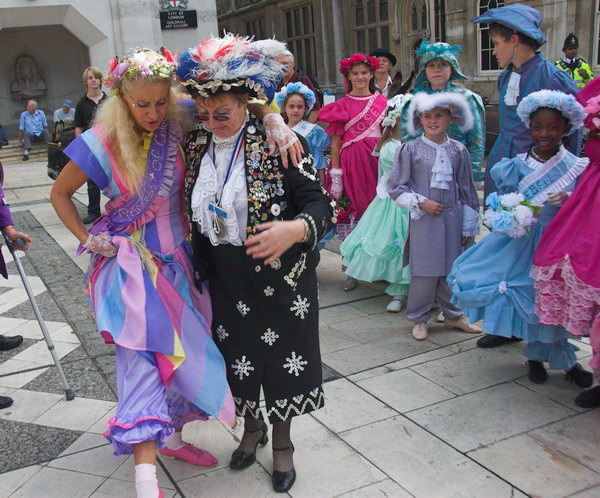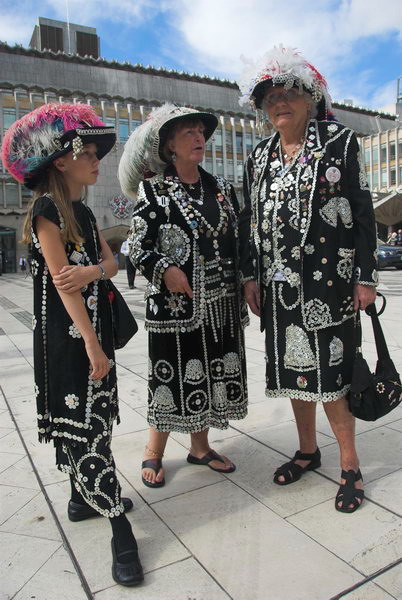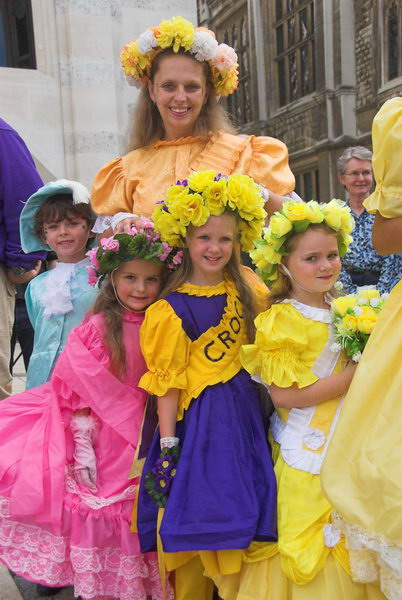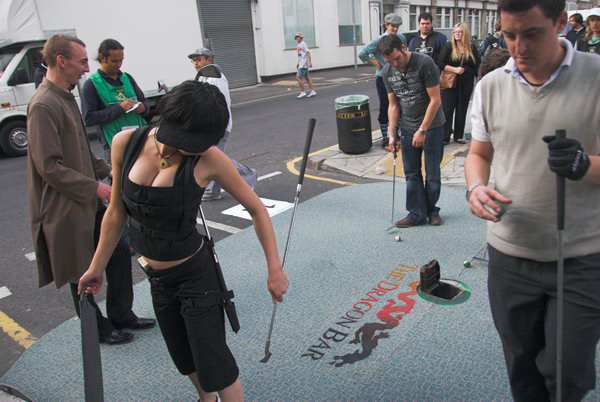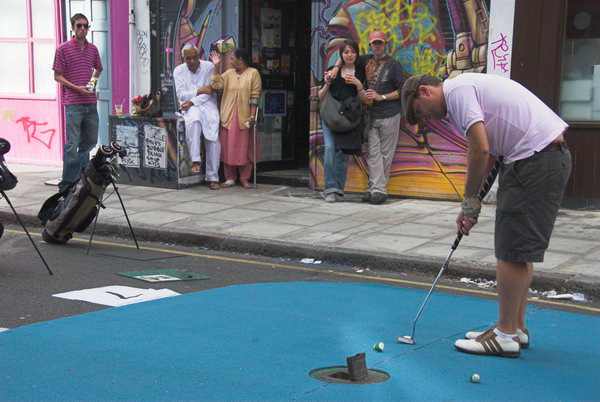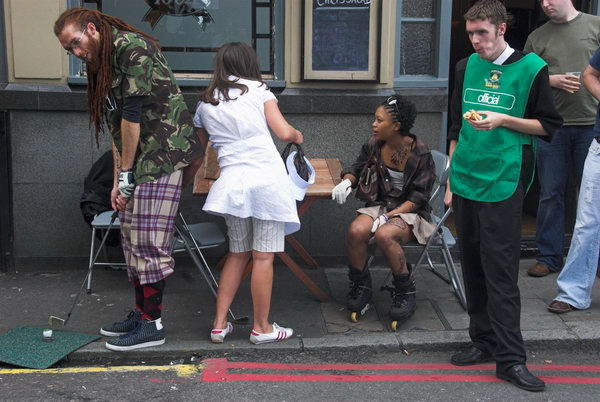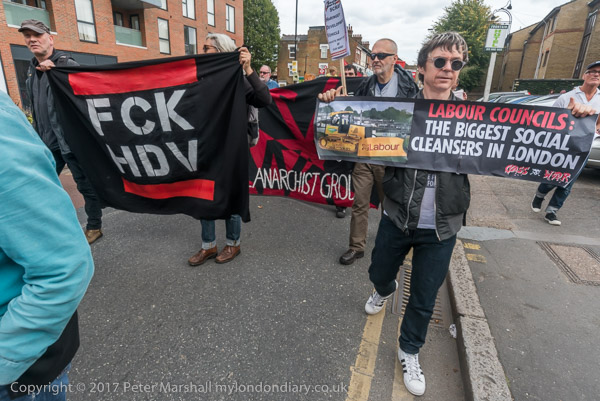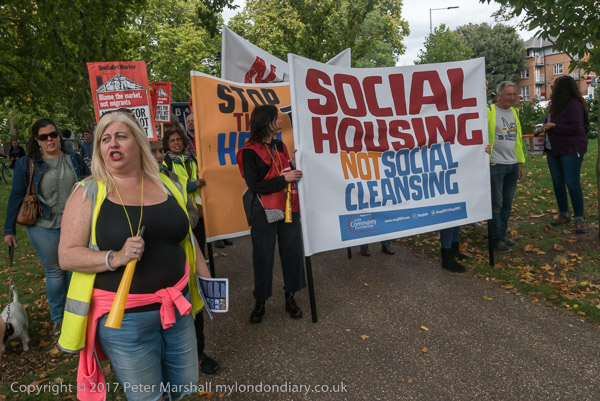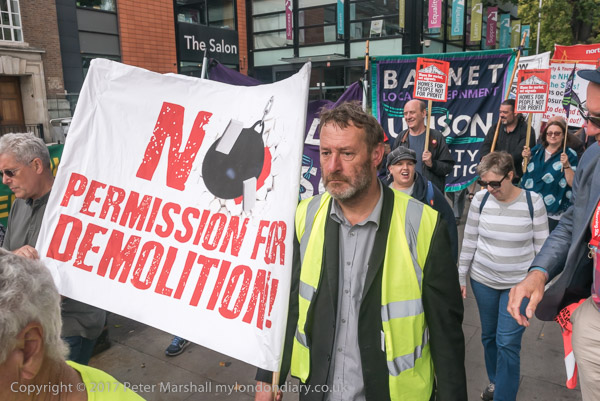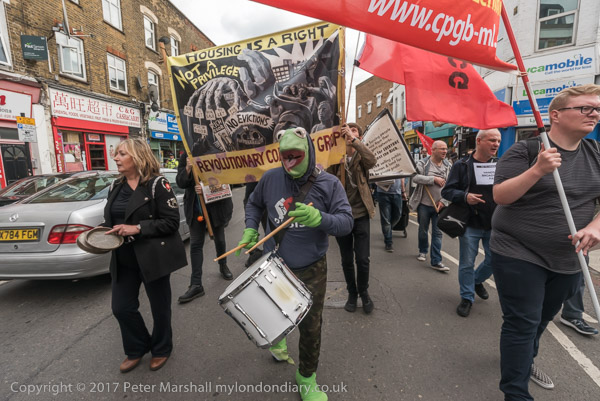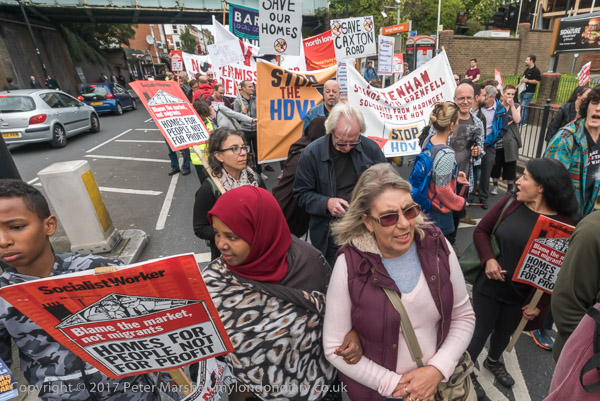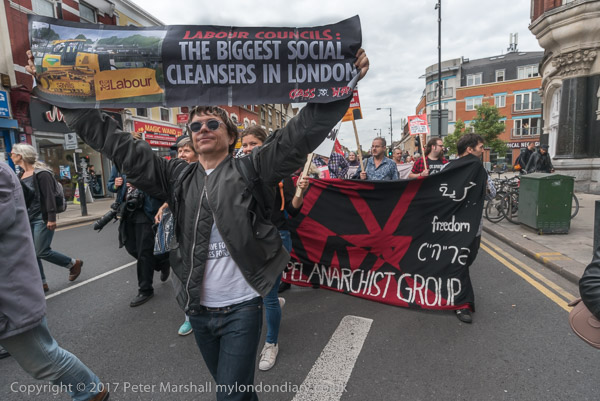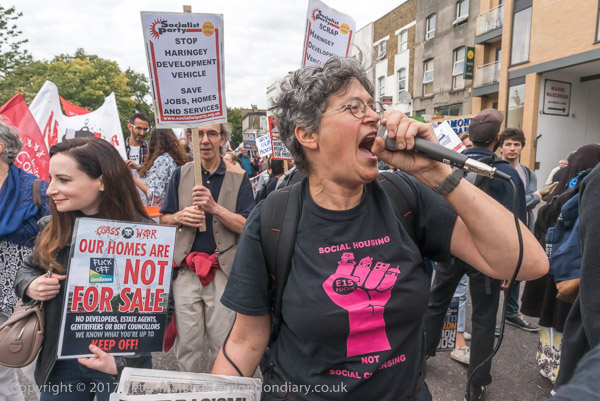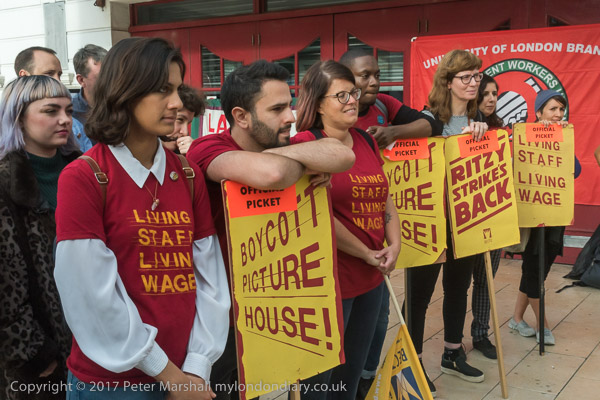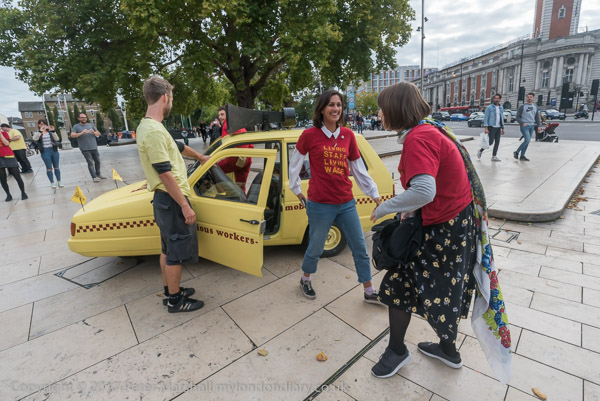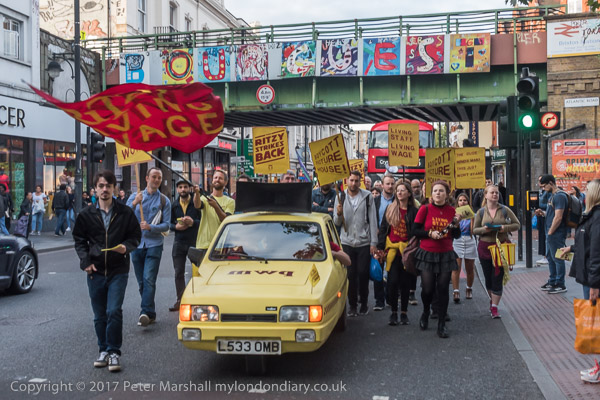Master Butcher Salman & LouLou’s: The protests I photographed on Wednesday 2nd October 2019 were conveniently close to each other in London’s Mayfair. I went to photograph a candlelit vigil for Saudi journalist Jamal Khasnhoggi at the Saudi Embassy (and also found a counter-protest) and then joined the IWGB protesting at exclusive Mayfair club LouLou’s a few yards away.
Justice For Jamal Khashoggi
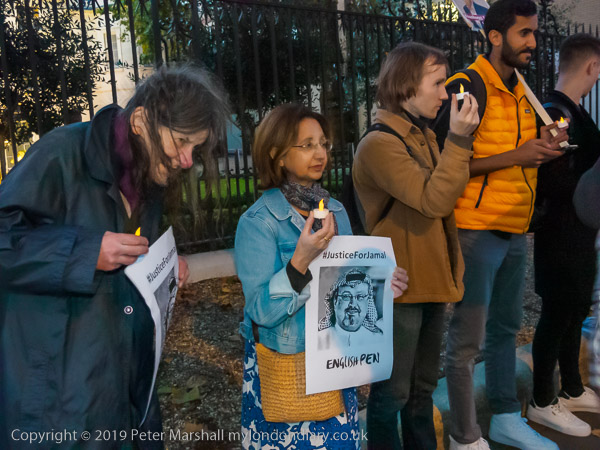
Representatives of English PEN, Writers at Risk, Reporters Without Borders and PEN International had come to hold a candlelit vigil outside the Saudi Embassy on Curzon Street on the first anniversary of the horrific murder of Saudi journalist Jamal Khashoggi’s inside the Saudi consulate in Istanbul.
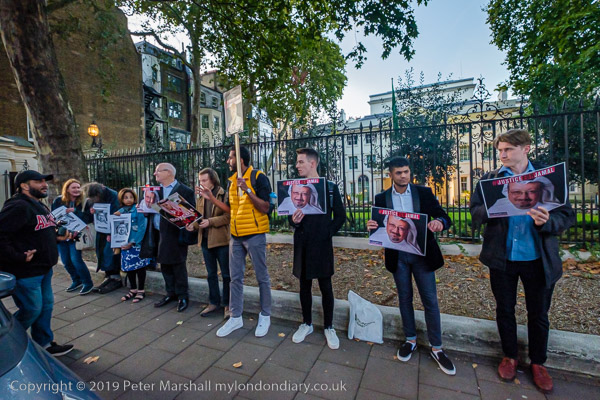
Khashoggi was a Saudi journalist, dissident, author, columnist for Middle East Eye and The Washington Post, and a general manager and editor-in-chief of Al-Arab News Channel.

Khashoggi was last seen entering the Saudi consulate in Istanbul where he had gone to get papers for his planned marriage. Inside the consulate he was met by a team of possibly eight men sent by Saudi Crown Prince Mohammed bin Salman (MbS) to assassinate him. He was strangled and then his body was cut into pieces using a bone saw so it could easily be removed from the building and disposed off.

Turkish intelligence bugs in the building recorded both the planning of the murder and its execution. MbS denied any knowledge of the plans prior to the murder, but few if any believe it could have happened without his authorisation.
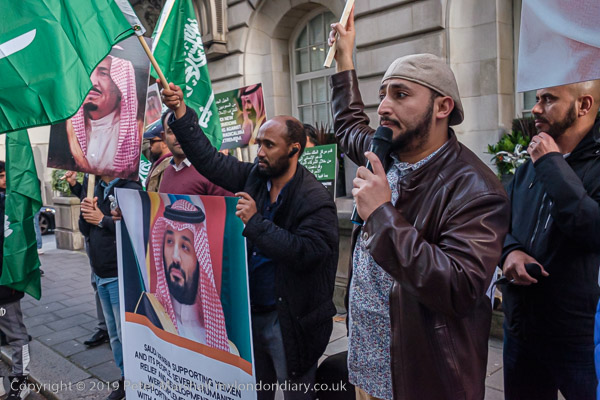
Opposite the silent vigil was a noisy protest with music and speeches funded by the Saudi Embassy with banners and expensively produced placards as well as large LED illuminated screens in support of the Crown Prince.

They denied MbS had any involvement in the killing and held huge pictures of him as well as others lauding his achievements in giving aid to Yemen, supporting charitable foundations and fighting Islamic radicalism and extremism. The didn’t mention the war in Yemen, his support for Wahhabism, the ridiculous kidnapping of Lebanon’s Prime Minister Saad Hariri (intended to weaken him, the country united behind him and MbS was forced to release him), and certainly not the barbaric torture, murder and dismemberment of Khashoggi.
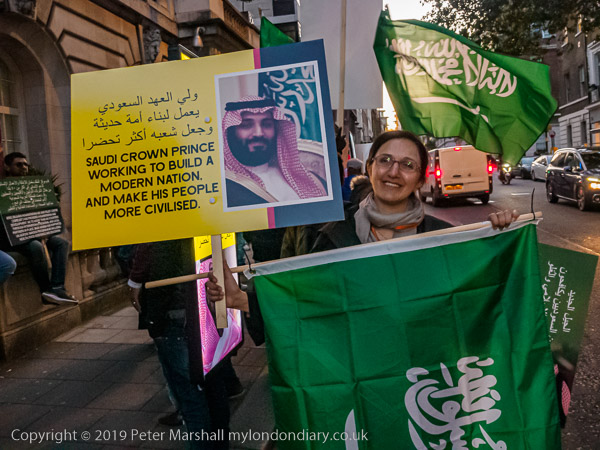
One placard stated ‘SAUDI CROWN PRINCE WORKING TO BUILD A MODERN NATION AND MAKE HIS PEOPLE MORE CIVILISED. Barbaric practices like torturing and sawing up your opponents hardly seems a way to make his people more civilised. MbS now to many means Master butcher Salman.
Justice For Jamal Khashoggi
Saudis support killer Prince MBS
IWGB at Mayfair club Loulou’s

I joined the Independent Workers’ union of Great Britain (IWGB) Cleaners and Facilities Branch who had come to protest at exclusive Mayfair private club LouLou’s for kitchen porters to be paid a living wage, be treated with dignity and respect and given decent terms and conditions including proper sick pay, holidays and pension contributions.
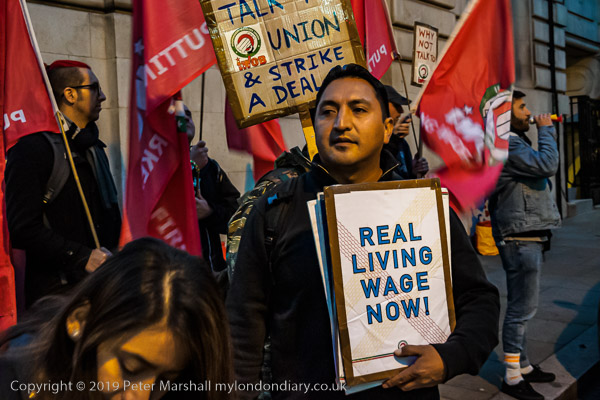
Police and security men had closed off the section of street with the entrance to the club and the protesters were harassed by police and pushed roughly by security staff employed by the club during the protest.
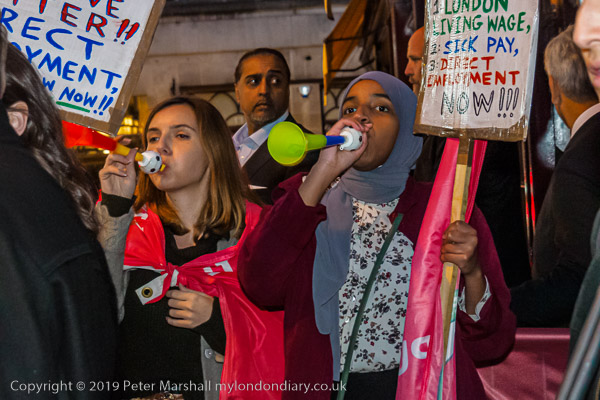
Few of the wealthy customers being escorted into the club took the leaflets the protesters were offering or seemed to have any sympathy with the exploited workers at the club.
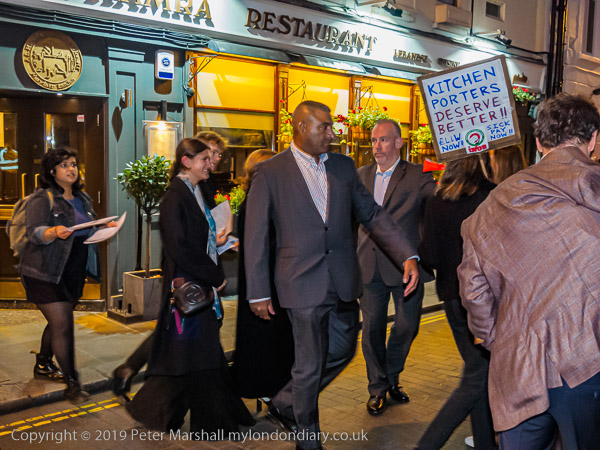
After protesting for some time on Trebeck Street at one end of the blocked section of Shepherd’s Market they marched noisly around the block to the other end in Hertford Street and continued the noisy protest there.
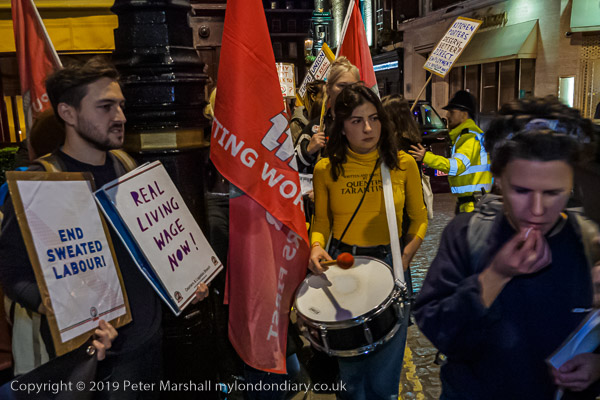
In December 2019 LouLou’s made an offer to the IWGB including paying its kitchen porters the London Living Wage from January 2020, 5 days sick pay, and regular quarterly consultations with the union on terms and conditions. Although it didn’t meet all of the unions demands further planned strikes were called off.
Many more pictures on My London Diary at IWGB at Mayfair club Loulou’s.
Flickr – Facebook – My London Diary – Hull Photos – Lea Valley – Paris
London’s Industrial Heritage – London Photos
All photographs on this page are copyright © Peter Marshall.
Contact me to buy prints or licence to reproduce.

